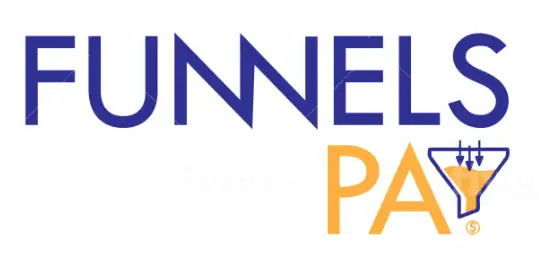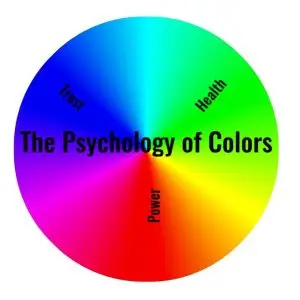Goals vs Tasks
The Guinea Pig Challenge is all about determining the 3 goal most important goals to you and then acting to achieve them. One of the things I found myself doing one morning while I was writing done my 10 goals was writing down tasks instead of goals. What is a goal? What is a task?
A goal is something we want to achieve. A goal is reached by performing tasks. Goals should not be vague. For example, your goal might be
Write an internet application
That goal might never get done because it is so vague and could mean a lot of things. George t. Doran PHD came up with an acronym for making more effective goals. His acronym is SMART. If a goal is Specific, Measurable, Attainable, Relevant and Time sensitive. So your goal could be improved by saying
Write an internet application to create widgets by the end of the year
That goal is much specific and has an ending date. For the Guinea Pig Challenge, the time frame for the goals is the end of the year. The “T” in SMART is defined for you, not that you couldn’t change it if you want to. The rest of the letters are up to you when defining your goal.

After your 3 highest priority goals are determined, the next step is to document the daily tasks you are going to perform to achieve those goals. Writing these tasks down every day will help make sure they get done and not lost in the shuffle of other tasks you do each day that aren’t related to your goals. Without these specific actions, the goal may never get achieved.
These tasks should be part of a to-do list with the highest priority. That way you see them every day. This step will keep us moving toward the goal. The Guinea Pig Challenge asks that you make a sheet with your 3 top goals on it with a space underneath where you can write the task to perform that day designed to help you make that particular goal.
Always ask yourself, “Does this task help me achieve that goal?” It is so easy to perform tasks that do not help you achieve your goal. Keep thee target in sight and make sure you are aim is toward the target.

